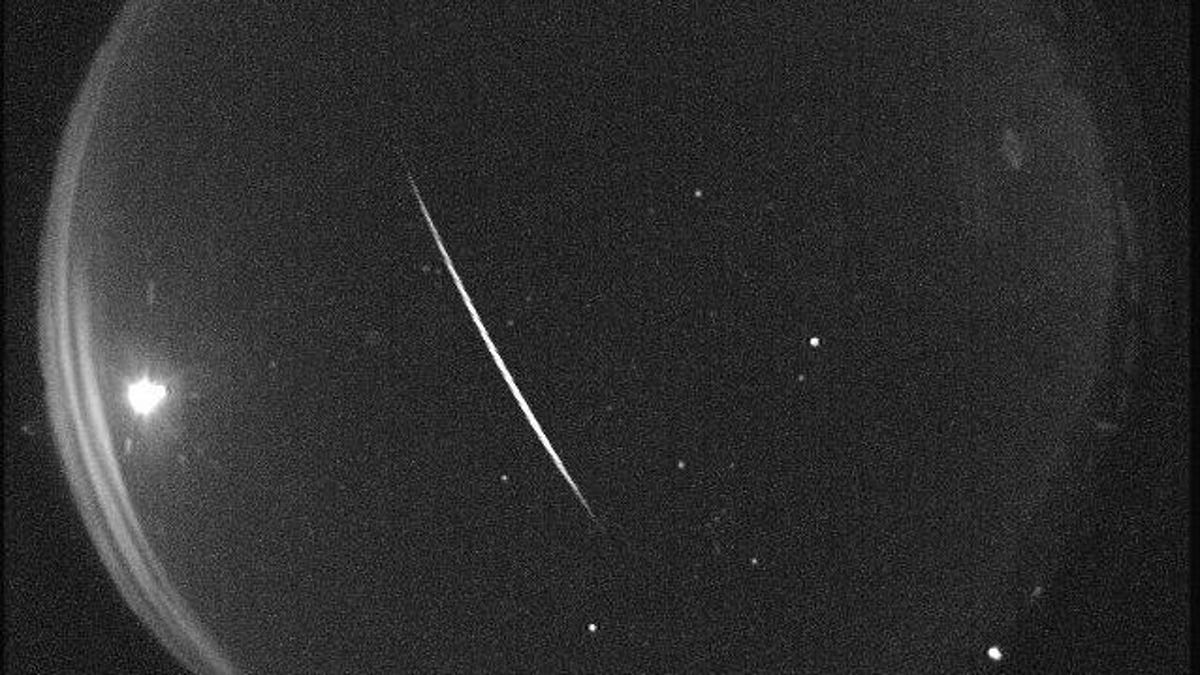How to see the Quadrantid meteor shower bring in 2020 with a blast
One of the best annual shooting star shows lights it up just a few days after New Year's Day.

This Quadrantid meteor made an appearance over New Mexico in 2013.
This weekend starts with the Quadrantid meteor shower, just days after 2020 kicked off.
This batch of "shooting stars" is brief but often spectacular, with up to 200 meteors per hour visible at its peak late Friday night into early Saturday morning. Most meteor showers have a broad peak period lasting for a couple days, but in the case of the Quadrantids that window is only around six hours, according to the American Meteor Society.
The Quadrantids come in hot and heavy, racing through the atmosphere at 25.5 miles (41 kilometers) per second, according to NASA. This can help create a number of bright fireball meteors that explode across the night sky in blasts of light and color lasting longer than your more basic shooting star trail.
Another factor firing up the Quadrantids is that they're made up of bigger pieces of material that can be traced back to an asteroid or possible "zombie comet" named 2003 EH1.
While the celestial show can be seen at least in part from just about anywhere in the world, save for Antarctica, it's best seen from the northern hemisphere. This year the Quadrantids are predicted to peak just after midnight Pacific Time on Saturday morning, or about 3:20 a.m. on the East Coast of the US. Generally speaking, though, you can head outside anytime between midnight and dawn wherever you are Saturday to have a good chance of catching the show.
Simply dress appropriately for the weather and get as far away as you can from light pollution. Find a spot with a wide view of hopefully clear skies, lie on your back, allow your eyes to adjust to the dark for about 20 minutes and then just relax and watch. You don't need to watch a specific section of sky.
Unfortunately, the weather forecast isn't looking too helpful for much of the North American population, unless you happen to be in Texas, Arizona, New Mexico, Colorado or a narrow strip of the Great Plains, according to Accuweather.com.
If you do manage to grab any great photos of Quadrantid fireballs (Sky and Telescope magazine has some tips for photographers), please share them with me on Twitter or Instagram @ericcmack.

